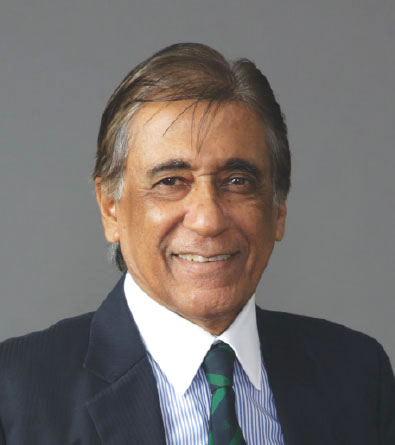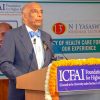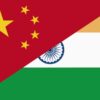Letter from the Editor

Twenty-five years ago, the eve of the new millennium was an era of global hope and optimism. After over two decades of spearheading a movement to jettison the neta-babu licence-permit-quota regimen that had strangled Indian business and industry for over 40 years your publisher-editor came to the conclusion that post-liberalisation India needed to urgently reform its obsolete education system which had failed to develop the nation’s abundant and high-potential human capital, if it was not to remain a poor and backward nation. Thus was born EducationWorld — The Human Development Magazine, launched with the ambitious mission statement “to build the pressure of public opinion to make education the No.1 item on the national agenda”.
At that time of heady optimism when hope of new beginnings sprang from every breast, your editors’ expectation was that EW would be widely welcomed. The target market comprised over 1 lakh schools — including 30,000 private primary-secondaries, 11,000 undergrad colleges and 236 universities served by 3 million teachers and academics. Surely at least 25 percent of them would be ready, willing and able to subscribe to India’s first-ever education-focused magazine? Wrong premise. That target hasn’t been realised 25 years later.
The sad truth is that the country’s education policy formulators, academics, principals and teachers are deeply mired in the status quo and dead habit. They seem to have lost the will to look out of their ivory towers and connect the education they routinely dispense with its application in major sectors of the economy — agriculture, government, industry and business. This mismatch explains why productivity in Indian society is rock-bottom and the country remains one of the poorest and most backward worldwide.
Against this backdrop, how this publication survived and over the past decades has moved education higher up the national agenda, even if not to the top despite suffering the insolence of office and the proud man’s contumely, is briefly recounted in our ambitious cover story, in which we present an abridged history of Indian education and recall milestone events recounting our efforts to influence and shape them. Whether we have succeeded or failed is for readers to judge. However it’s undeniable that EW’s sustained advocacy of early childhood and skills education as also eulogisation of new standards-setting private initiatives in K-12 and higher education, have generated official and public awareness of the critical importance of education reform and moved human resource development to at least mid-point up the national development agenda.
At a time when Indian education is at inflection point, we call upon all publics to set aside pride and prejudice and make common cause with us to vault education to the top of national priorities. The future of Generation Next hangs in balance.
















Add comment